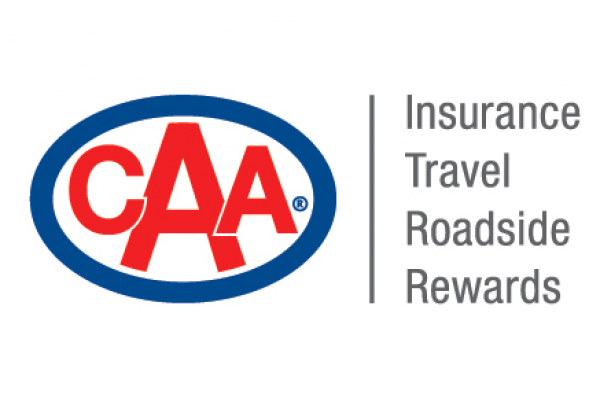As the new school year kicks off, CAA South Central Ontario (CAA SCO) is reminding motorists to remain attentive when driving through school zones as more children are present in these areas. A recent survey conducted by CAA SCO found that 60 per cent of parents surveyed are concerned about the driving behaviours witnessed in their child’s school zone and consider their child’s school zone unsafe – a five per cent increase from last year.
“It is no surprise that parents are concerned for the safety of their children; they have the right to get to and from school safely,” says Tracy Marshall, manager community relations CAA SCO, “speeding, double parking and stopping in school bus zones are all commonly reported unsafe driving behaviours parents see in their child’s school zones.”
As a result, a majority of parents (85 per cent) support reducing speed limits in school zones, with over 77 per cent of these parents agreeing that 30km/h or less is the most appropriate speed limit.
Of those surveyed, 68 per cent of parents strongly support the use of Automatic Speed Enforcement (ASE) in school zones, and 79 per cent believe its presence would deter speeding around schools. Additionally, 3 in 4 (73 per cent) consider that ASE should remain permanent in school zones.
“Automated Speed Enforcement, along with the presence of police officers and speed bumps, continue to be identified as the primary measures to deter speeding in these zones,” adds Marshall, “through education, we hope to help motorists to make more responsible decisions behind the wheel to protect themselves and those around them.”
Tips for responsible driving behaviours in school zone areas:
• Help reduce traffic with active school travel: Encourage your kids to walk or wheel to school to ease traffic congestion. If your school is a further distance, CAA SCO encourages parents and guardians to park a block away and walk to school to reduce traffic and make school zones safer.
• Put away distractions: Pedestrian safety begins with drivers. It’s important to put away distractions such as phones and be extra attentive in school zones, whether a parent is driving, or a child is walking to school.
• Slow down: Know and respect the speed limit in your neighbourhood’s school zones. Give yourself plenty of time to drop off your kids at school to avoid rushing.
• Choose a safe spot to drop off and pick up your children from school: Follow your school’s rules and avoid double parking or stopping on crosswalks, dropping off or picking up your kids on the opposite side of the street, and stopping in moving traffic as kids rush out. Instead, use the designated drop-off areas or consider a spot a bit farther away from school that is easily accessible and safe.
• Make eye contact with pedestrians: With the excitement of going back to school, anticipate that children may not easily see or hear your moving vehicle, so ensure to make eye contact with pedestrians crossing the road.
• Stop for school buses: Never pass a stopped school bus with an activated stop arm and flashing red lights as children get on and off the bus. Passing a school bus as it loads and unloads children – not only is this dangerous, but it’s also illegal.
• Watch for CAA School Safety Patrollers: When travelling to and from school, watch for CAA School Safety Patrollers in their lime green safety vests, as they play an important role in ensuring the roadway is safe before kids cross on their own.
CAA supports safety in school zones through the CAA School Safety Patrol® program, developed to protect and educate elementary school children on safe road-crossing practices. CAA’s Ontario Road Safety Resource is a toolkit with valuable lesson plans for teachers to help educate students about road safety.
To learn more, please visit www.caasco.com/schoolzone.
The online survey was conducted by DIG Insights in May 2024, with 1,520 Ontario parents/guardians with children attending school from kindergarten to grade 8. Based on the sample size of n=1,520 and with a confidence level of 95 per cent, the margin of error for this research is +/- 2%.)





